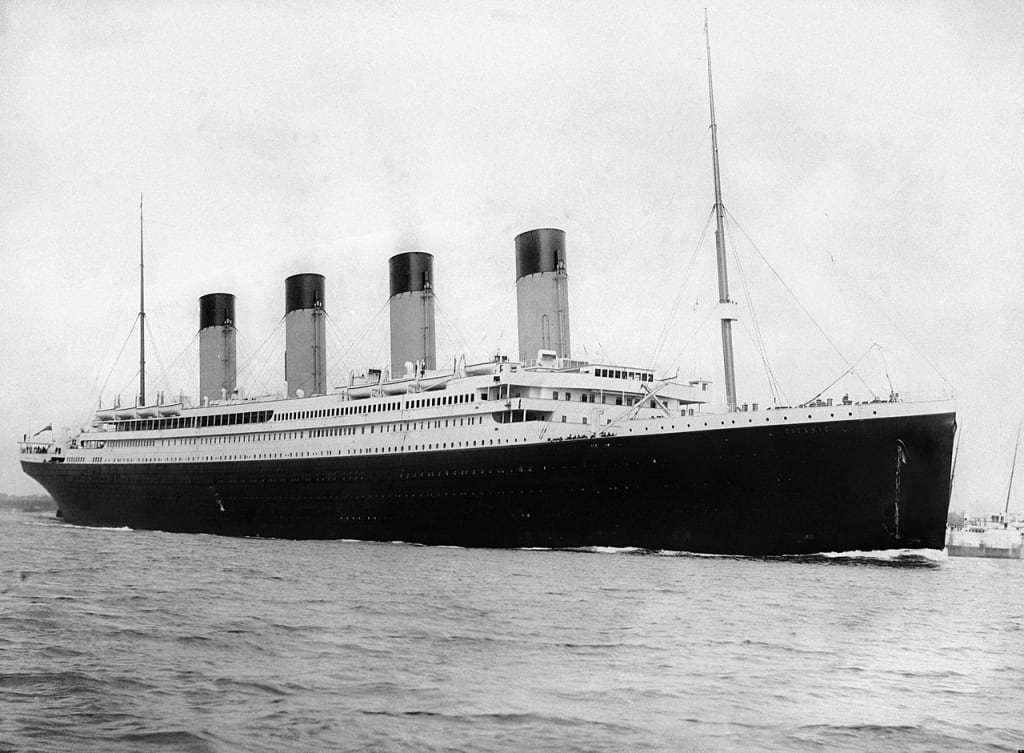Titanic: The World's Largest Ship and Tragic Maritime Disaster
Titanic

Introduction:
The RMS Titanic, famously known as the Titanic, was a remarkable feat of engineering and a symbol of opulence and luxury. Launched in 1912, it was the largest ship ever built at that time and a true marvel of its era. However, its glory was tragically short-lived, as the Titanic's maiden voyage ended in one of the most devastating maritime disasters in history. This article delves into the fascinating story of the Titanic, exploring its construction, features, and the unfortunate events that led to its untimely demise.
1. Building the Titanic: The construction of the Titanic began in 1909 at the Harland and Wolff shipyard in Belfast, Ireland. Designed by naval architect Thomas Andrews, the ship was commissioned by the White Star Line, a British shipping company renowned for its prestigious vessels. The Titanic was part of a trio of sister ships, including the RMS Olympic and HMHS Britannic. The construction process involved thousands of workers and lasted for around three years.
2. Dimensions and Specifications: When completed, the Titanic was an awe-inspiring sight, measuring approximately 882 feet 9 inches (269 meters) in length and 92 feet 6 inches (28 meters) in width. It stood over 104 feet (32 meters) tall from the keel to the top of its funnels. The ship boasted a gross tonnage of 46,328 tons, making it the largest ship in the world at that time. Its immense size allowed for the inclusion of numerous luxurious amenities, including state-of-the-art facilities, lavish cabins, and extravagant public spaces.
3. Luxurious Interiors: The interior of the Titanic was a testament to the grandeur and elegance of the Edwardian era. It featured stunning designs, intricate woodwork, and lavish decorations. The first-class accommodations were the epitome of luxury, offering spacious suites, private promenades, and exquisite dining rooms. The second and third-class passengers also had comfortable accommodations, albeit less opulent compared to the first-class areas. The ship's interiors were a captivating blend of luxury, comfort, and artistic brilliance.
4. Technological Advancements: Apart from its grandeur, the Titanic also incorporated several technological advancements for its time. It boasted an advanced electrical system, equipped with generators and wireless telegraphy capabilities. The ship's wireless operators played a crucial role in relaying distress signals during the disaster. Additionally, the Titanic employed the latest safety features, including watertight compartments designed to prevent flooding in case of an accident.
5. Maiden Voyage and Tragedy: On April 10, 1912, the Titanic set sail from Southampton, England, on its maiden voyage to New York City. Despite warnings of icebergs in the vicinity, the ship continued its journey at high speed. Tragically, on the night of April 14, 1912, the Titanic struck an iceberg in the North Atlantic Ocean, causing extensive damage to its hull. The limited number of lifeboats on board meant that not all passengers could be evacuated, resulting in the loss of more than 1,500 lives.
6. Legacy and Lessons Learned: The sinking of the Titanic sent shockwaves around the world and prompted significant changes in maritime safety regulations. It led to the establishment of the International Convention for the Safety of Life at Sea (SOLAS), which implemented stricter safety measures for passenger ships. The Titanic's tragedy also highlighted the importance of adequate lifeboat capacity and improved communication systems at sea.
Titanic was equipped with 16 lifeboat each capable of lowering three lifeboats, for a total of 48 boats; she carried only four of which were collapsible and proved hard to launch while she was sinking (Collapsible A nearly swamped and was filled with a foot of water until rescue; Collapsible B completely overturned while launching). Together, the 20 lifeboats could hold 1,178 people—about half the number of passengers on board, and one third of the number of passengers the ship could have carried at full capacity (consistent with the regulations of the era). When the ship sank, the lifeboats that had been lowered were only filled
Conclusion: The Titanic, the largest ship of its time, remains a poignant symbol of human ambition, engineering marvel, and the fragility of life. Its grandeur, luxurious interiors, and advanced technologies continue to captivate
About the Creator
Enjoyed the story? Support the Creator.
Subscribe for free to receive all their stories in your feed. You could also pledge your support or give them a one-off tip, letting them know you appreciate their work.





Comments
There are no comments for this story
Be the first to respond and start the conversation.